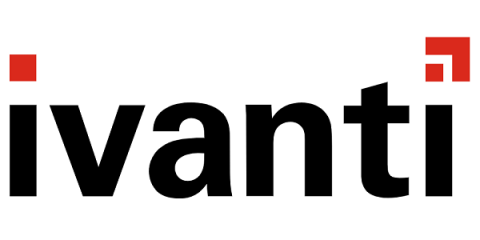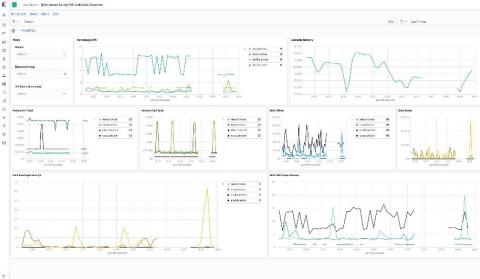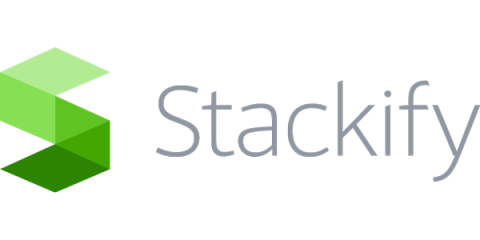Top 20 Developer Tools for 2020
When it comes to the most popular technologies, we look to Stack Overflow’s Developer Survey 2019 to find the answers. JavaScript continues to be the most commonly used programming language for 7 years in a row, while Python is the fastest growing. If you want to find out what tools these developers are using, that’s where our survey comes in. For the fourth year in a row, Axosoft asked our global community of software developers to tweet their top 5 #MustHaveDevTools.










